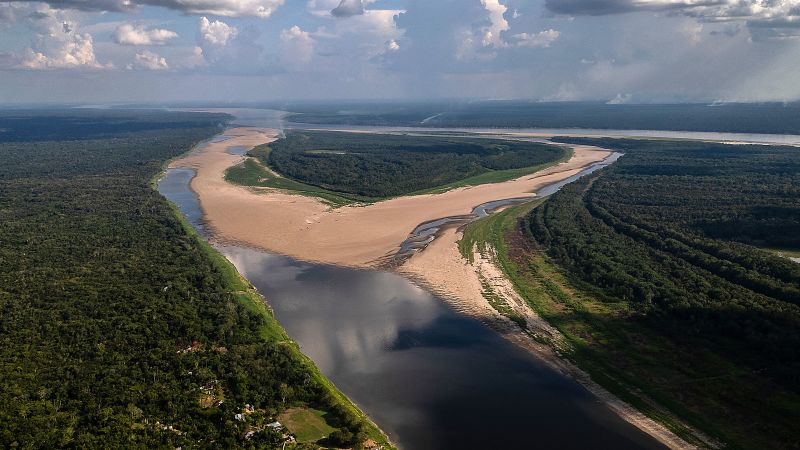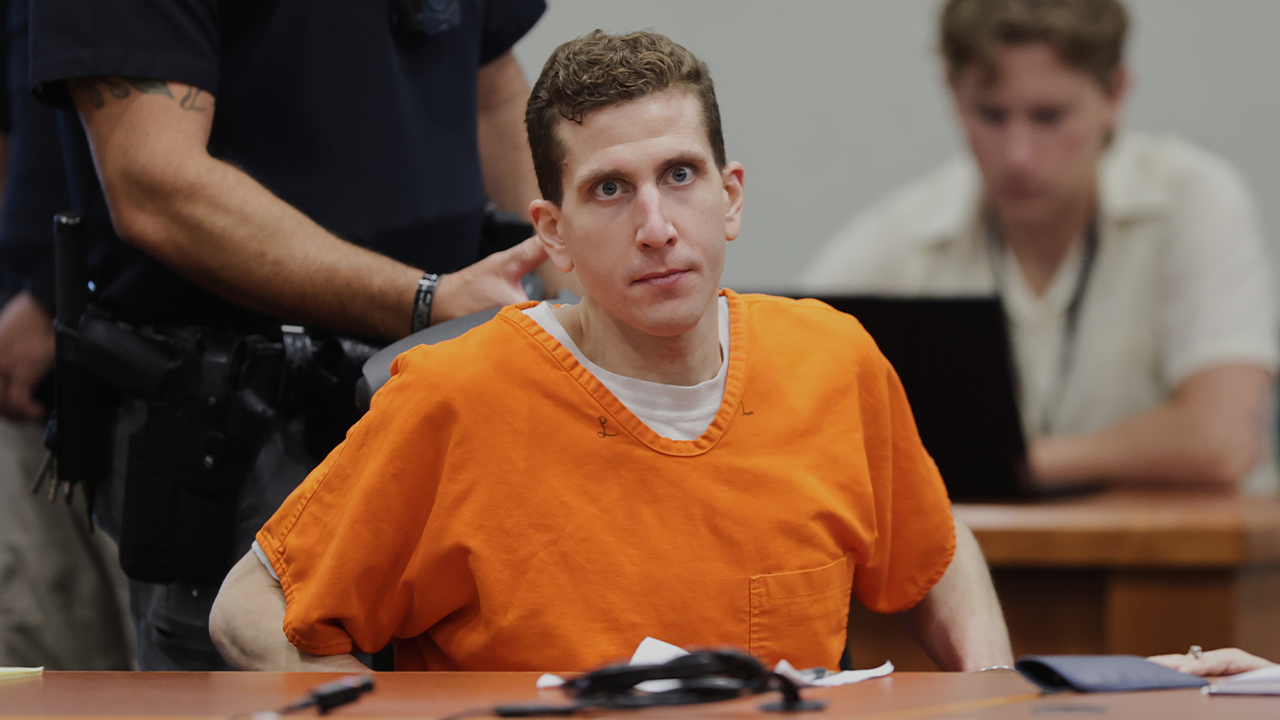Copyright Cable News Network

In the heart of the Amazon Basin, where the borders and cultures of Peru, Colombia and Brazil converge, a tiny, shape-shifting island has become the unlikely setting for a diplomatic tug of war. Santa Rosa is an island in the Amazon River. There’s no agreement on when it emerged from the water, but official settlement began in the 1970s. Today, it’s home to around 3,000 people. But the land they live on isn’t stable; Santa Rosa’s shape and size shifts with the river’s flow. Each year, sandbanks form and disappear, as the main channel carves new paths. “If God wanted, the river would change and even Santa Rosa could disappear,” said Gladys Hari Leiva, a hotel owner who has lived on the island for 21 years. The island’s mercurial geography makes it a difficult place to settle; families adapt season by season, walking across sandbanks in the dry months, then paddling canoes through flooded streets when the rains come. In recent years, as the Amazon has experienced droughts and unpredictable flood cycles, the patterns of change residents have grown accustomed to are shifting with the sands. Yet despite these limitations, the island is coveted by the countries around it. Peru and Colombia have argued over who the island belongs to for decades. As the Amazon River moves, so too does the international boundary between the two countries. An island that moves Santa Rosa has never been solid ground. The Amazon Basin builds and erases its own geography through its rivers. The main channel of the Amazon River constantly erodes existing land and deposits new earth. Each year the river carries roughly 1.2 billion tons of sediment from the Andes toward the Atlantic, reshaping its banks and islands as it flows. During high-water months, water spills over and settles across the floodplain, leaving behind up to 12 inches of fresh soil annually. Residents who have lived in the Basin for a long time are used to the seasonal ebb and flow of the water and land, but it’s becoming less predictable. In the past two years, historic droughts have left wide dry patches where deep channels once flowed. According to Brazil’s Geological Service, water levels across the Amazon River fell to record lows in 2023 and 2024, and the widespread impact can still be felt by river communities. For Santa Rosa islanders, drought means adaptation: food prices spike, traveling becomes complicated, and some families temporarily relocate to stay near navigable water. “We are used to the rises and falls,” Leiva said. “But now you never know. The floods come at strange times, and the heat is getting stronger and stronger.” It is possible that droughts and floods can speed up erosion in some areas and build land up faster in others, according to Paulo Olivas, an ecologist and environmental scientist at Florida International University. “That’s what makes the future of places like Santa Rosa so uncertain,” Olivas said. A border that changes Santa Rosa’s fragility has not stopped Peru and Colombia fighting over it. In fact, its shifting shoreline has made matters worse. The roots of the conflict stretch back to the early 20th century when the two countries sought to define their Amazonian borders. Under the 1922 Salomón–Lozano Treaty, Colombia ceded large tracts of Andean territory to Peru, while gaining the city of Leticia — which sits directly across the river from Santa Rosa — and its crucial access to the Amazon River. The treaty and the 1934 Rio de Janeiro Protocol set the border along the deepest navigable channel of the Amazon, a line meant to be natural and permanent. But the river has never been static. Over time, the shifting course of the Amazon created new islands and reconfigured the boundary, leaving new land, like Santa Rosa, that neither side expected to exist. “The island can appear, disappear, get bigger, get smaller,” said German Vargas-Cuervo, adjunct professor at the National University of Colombia and a specialist in the geology and geomorphology of natural systems. “The river moves and so everything that is inside the river is dynamic.” Former Peruvian President Dina Boluarte visited the island in August. Her trip was covered by the Associated Press, which quoted her as saying, “Peru’s sovereignty is not in dispute; the district of Santa Rosa de Loreto is Peruvian and will remain so.” Peru claims Santa Rosa because many of the island’s inhabitants identify as Peruvian and it is administered by Peruvian agencies. In 2025, the Peruvian government declared it a district, with the stated aim of increasing residents’ access to public services and “consolidating sovereignty.” The country also claims Santa Rosa was previously part of Chinería Island, territory granted to Peru under the 1922 Salomón-Lozano Treaty. Colombia disputes this, contending that Santa Rosa did not exist when the treaty was signed and therefore cannot be claimed under its terms. Colombia also argues that the river boundary has shifted, placing Santa Rosa in its territory. President Gustavo Petro recently criticized Peru on X for “appropriating” the island. Despite its small size, Santa Rosa holds strategic and symbolic weight. It sits at the tri-border crossroads of Peru, Colombia, and Brazil — a key transit point for trade and travel along the Amazon. In recent years, it’s also gained modest fame for its food and tourism scene, drawing visitors to riverside restaurants. Leiva is originally from Yauyos, Peru, and moved to the island for job opportunities in the tourism industry. But despite its economic growth, Santa Rosa lags the countries that claim it. There is little infrastructure, and electricity has only become available around the clock in recent years. Sewage facilities remain largely absent, as is running water, with residents relying on wells. Health care is precarious with little government support. Some residents, like Leiva, consider Santa Rosa to be a paradise where international disputes feel more distant than the power of the river. Markets overflow with mixed currencies; multiple languages echo in the streets. Many locals hold dual or triple identities, carrying Peruvian ID cards alongside those from Colombia and Brazil. “Everything is calm here,” said Leiva. “Every day we exchange cultures, currencies, and jobs.” For now, life continues; children go to school, families open shops, and tourists come for nature and food. But beneath that calm, the river keeps moving and reshaping the sand, grain by grain. The same waters that sustain the island can also erase it, a reminder that life on the Amazon is as shifting as the river itself.



